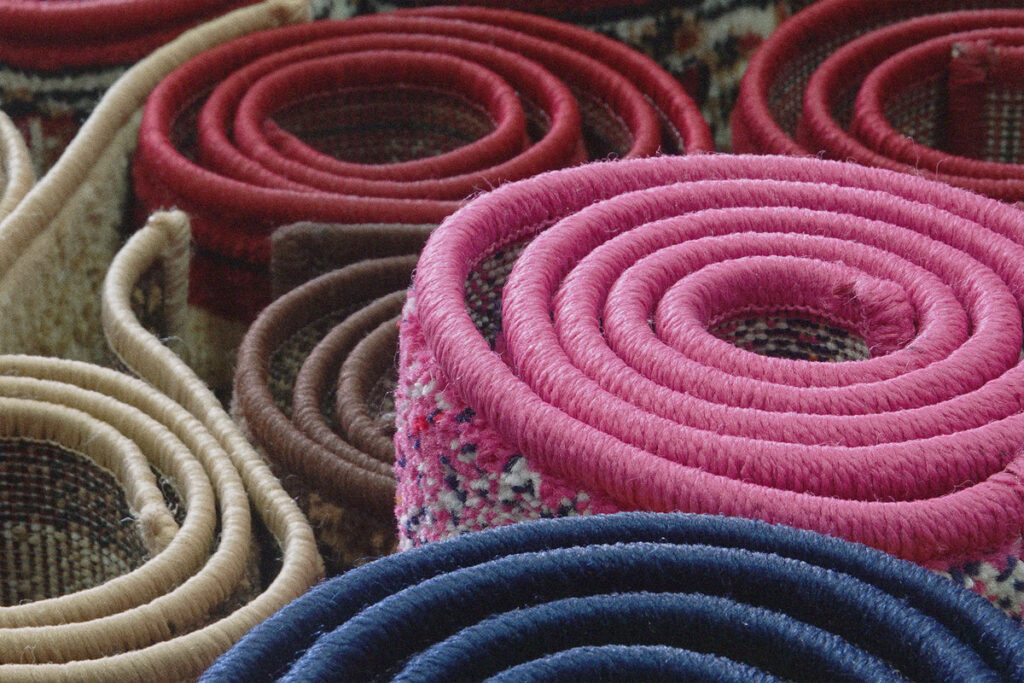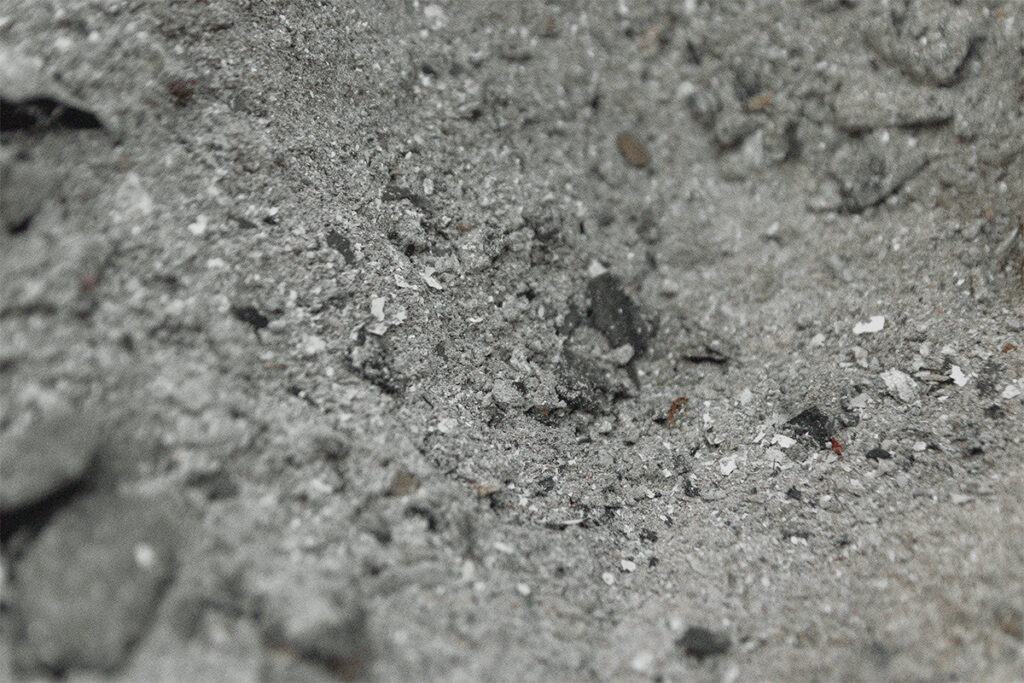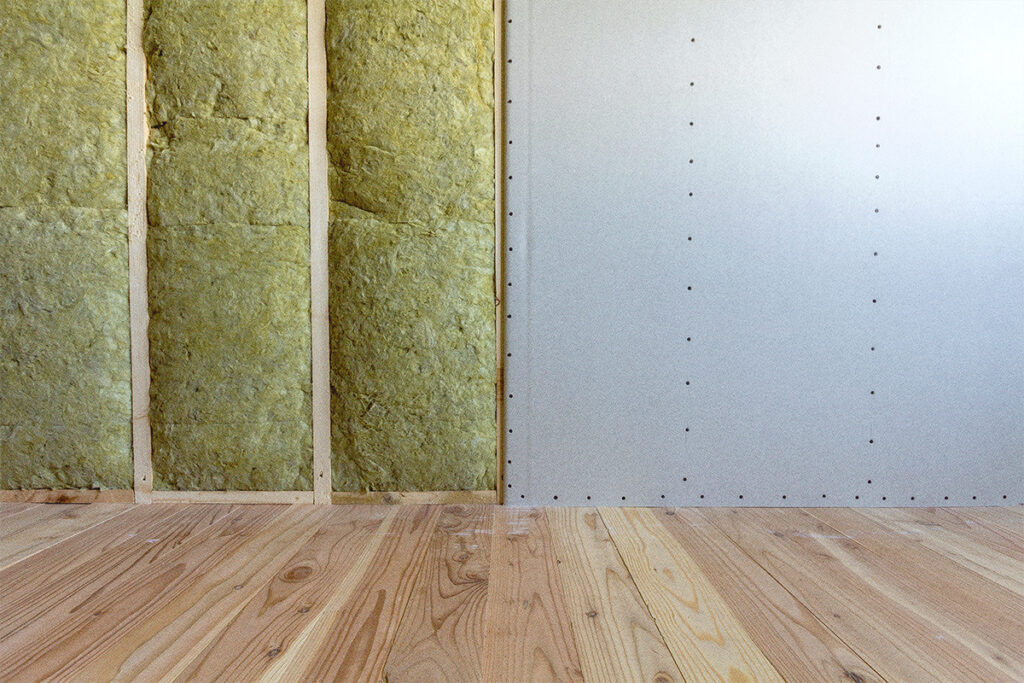Keep reading about similar topics.




In the last 40 years, polyvinyl chloride plastic (PVC) has become a major building material. Global vinyl production now totals over 30 million tons per year, the majority of which is directed to building applications, furnishings, and electronics.
The hazards posed by dioxins, phthalates, metals, vinyl chloride, and ethylene dichloride are largely unique to PVC, which is the only major building material and the only major plastic that contains chlorine or requires plasticizers or stabilizers. PVC building materials therefore represent a significant and unnecessary environmental health risk, and their phase-out in favor of safer alternatives should be a high priority. PVC is the antithesis of a green building material. Efforts to speed adoption of safer, viable substitute building materials can have significant, tangible benefits for human health and the environment. This report describes the full life cycle of PVC in the contemporary building industry from production to disposal.